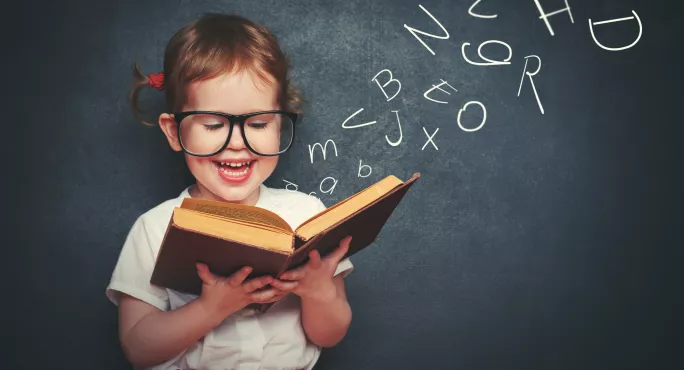How to ‘evidence’ reading for the EYFS profile submission
Share
How to ‘evidence’ reading for the EYFS profile submission
It’s that time of year again when everyone in Early Years is very aware that the EYFS profile (EYFSP) submission is looming. No doubt there is a lot of discussion around the children’s assessments.
As an Early Years leader, I love using the online journal Tapestry to help me with this process. In a few clicks I have an overview of all the children’s current data and observations, helping me to target the gaps.
However, this time around, I spotted that we are lacking observation evidence in a key area: reading.
Quick read: ‘It’s time for schools to embrace outdoor learning’
Quick listen: Why ‘spatial ability’ could be the key to Stem success
Want to know more? Why do we set in maths when all the evidence tells us not to?
Although the children do read regularly and certainly make progress, it made me question whether we have enough of the right kind of evidence to demonstrate this.
The message from the LA moderation team is clear: we need to present a range of assessment evidence, much of which should be gathered from child-initiated learning scenarios.
In other words, relying on the records in your reading file is not enough.
So what should we do?
EYFS reading problems
Evidencing reading to match the EYFSP is not easy. In most Reception classes, some form of guided or individual reading system is non-negotiable, but at times it is at the cost of adult support in child-initiated play. This leaves less opportunity to gather anecdotal evidence for the profile.
Early Years teachers are also often pressured to fit in with whole school approaches to teaching reading, and to use the assessment that goes with it. These methods don’t make a perfect fit with the way that we assess for EYFSP.
The early learning goals (ELG) for reading do not represent a book band level or score, despite SLT in many schools trying hard to convert it into one.
At times this can prove a real headache for teachers. What we end up with are lot of records and expectations that do not necessarily help us with our EYFS profile evidence.
Early Years approaches
It could all change soon and not for the better. In the light of the planned changes to the profile, reading features more heavily and, because of this, there is concern of a potential to shift the assessment towards a ‘tick list’ type approach.
I can’t help but question how this might work. I’m not convinced it will reduce workload for Reception teachers as promised!
In the meantime, I’ve come to the conclusion that if we are lacking in reading observations, then we cannot be seeing children reading regularly enough within continuous provision time.
Tips for continuing provision
As a team we have recently become quite aware of the need to redress the balance.
So how can we provide more opportunities within continuous provision?
For me, it always has to be practical and fun. As a team, we have come up with some exciting ways in which we can offer more playful reading opportunities:
Playful contexts
We love “planting” a message from a character that the children are showing an interest in. It allows us to combine reading with interests. Pirates is our mini-topic, so we have used a “message in a bottle”, maps and written clues to hook the children into reading as they play.
Treasure Hunts
The children really enjoy this game. Create a trail of captions leading children in sequence to different areas of the classroom inside and out (eg go to the sand pit...and sometimes they come with a surprise at the end).
Peer learning
This can be so powerful. Reading is an area that can be really successful when you encourage children to support one another. When there is no adult available it is better that they can learn from more confident peers.
Challenge
We introduced challenge activities this term to offer more independent learning opportunities. They are always practical and playful, but a good way to regularly encourage a range of reading. We use games involving matching, cutting, sticking or hiding sentences.
Role-play
Regularly changing up the print in the role play area adds to the opportunities, eg adding menus, recipe cards, post cards, instructions and captions.
Quiet Spaces
How often do we advise parents to switch off the TV when reading with their child at home? Reception classes can be much noisier! Providing quiet spaces for children to read to an adult or with their peers is key.
Helen Pinnington is early years foundation lead at St Thomas More’s Catholic Primary School in Bedhampton, Hampshire




